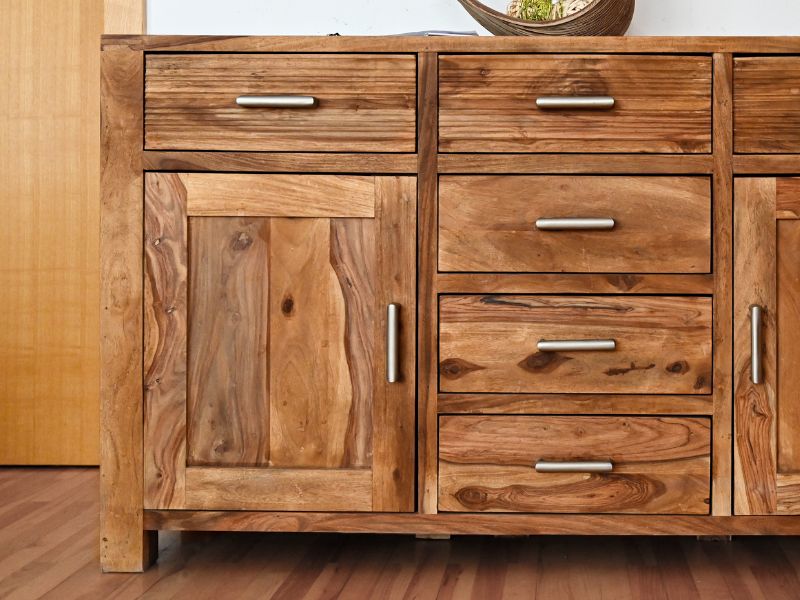
17 Feb The consequences of moisture in wood: risks and solutions
Wood is a natural material with a unique aesthetic and great versatility, but it is also highly sensitive to moisture. When it absorbs more water than it can handle, it weakens, loses stability and becomes a focus of structural and aesthetic problems. Knowing the consequences of moisture in wood is essential to prevent damage and prolong its useful life. From our experience eliminating moisture, at Humilogic we want to talk about this topic in depth because we have realized that many people do not know the bad relationship that wood can have with moisture.
Contenidos
The consequences of moisture in wood
Wood + humidity = problems. We tell you below:
Deformation and loss of strength in wood
One of the most visible effects of moisture on wood is the deformation of its fibers. When wood absorbs water, it swells and changes its internal structure. As it dries, it loses volume and can crack or even break. This process, known as contraction and expansion, affects its stability and can lead to uneven floors, doors that don’t fit well or furniture that loses its original shape.
In addition, prolonged exposure to moisture causes the wood to lose mechanical strength. It becomes softer and less able to withstand loads, which poses a risk in structural elements such as beams, door frames and wooden floors. If not resolved in time, repairs can be costly and in some cases irreversible.
Appearance of mold and fungus on wood surfaces
Excess moisture creates the perfect environment for mold and fungus to proliferate in wood. These bacteria and spores not only deteriorate the appearance of the material with dark green spots, but also affect its integrity. Some species of fungi can penetrate deeply into the structure of wood, weakening it from the inside and accelerating its decomposition. Beyond the aesthetic and structural damage, the presence of mold in wood can affect indoor air quality. Spores released can cause allergies and respiratory problems, especially in people with sensitivity to environmental pollutants.
Damage to furniture and wooden structures
Wood furniture also suffers from the effects of moisture. Tables, chairs or cabinets can deteriorate rapidly if they are in areas with a high level of condensation or direct contact with wet surfaces. This means weakened joints, leaking varnish and greater ease for the appearance of pests such as termites or woodworms, which find in wet wood the ideal environment to reproduce. In the case of wooden structures, such as cladding, moisture can cause them to break away from their fixings, causing cracks in ceilings or walls. This problem not only affects the aesthetics of the space, but also compromises the safety of the construction.
Prevention and solutions to prevent moisture in wood
To avoid these problems we have named above, it is essential to take preventive measures and implement effective solutions that protect wood in the long term:
- Apply waterproofing treatments: using varnishes, oils or water-repellent sealants creates a protective barrier that reduces the absorption of water and protects the wood from environmental moisture or contact with liquids.
- Ensure good ventilation: maintaining a constant air flow in wood spaces prevents moisture build-up and condensation.
- Avoid direct contact with wet surfaces: wood should be installed on insulating bases or raised structures to prevent moisture absorption from the floor or walls.
If you need advice on how to protect wood from moisture, at Humilogic we are specialists in treatments against moisture. We have effective solutions to prevent and repair damage caused by moisture on any type of surface. Contact us and we will find the best solution.
